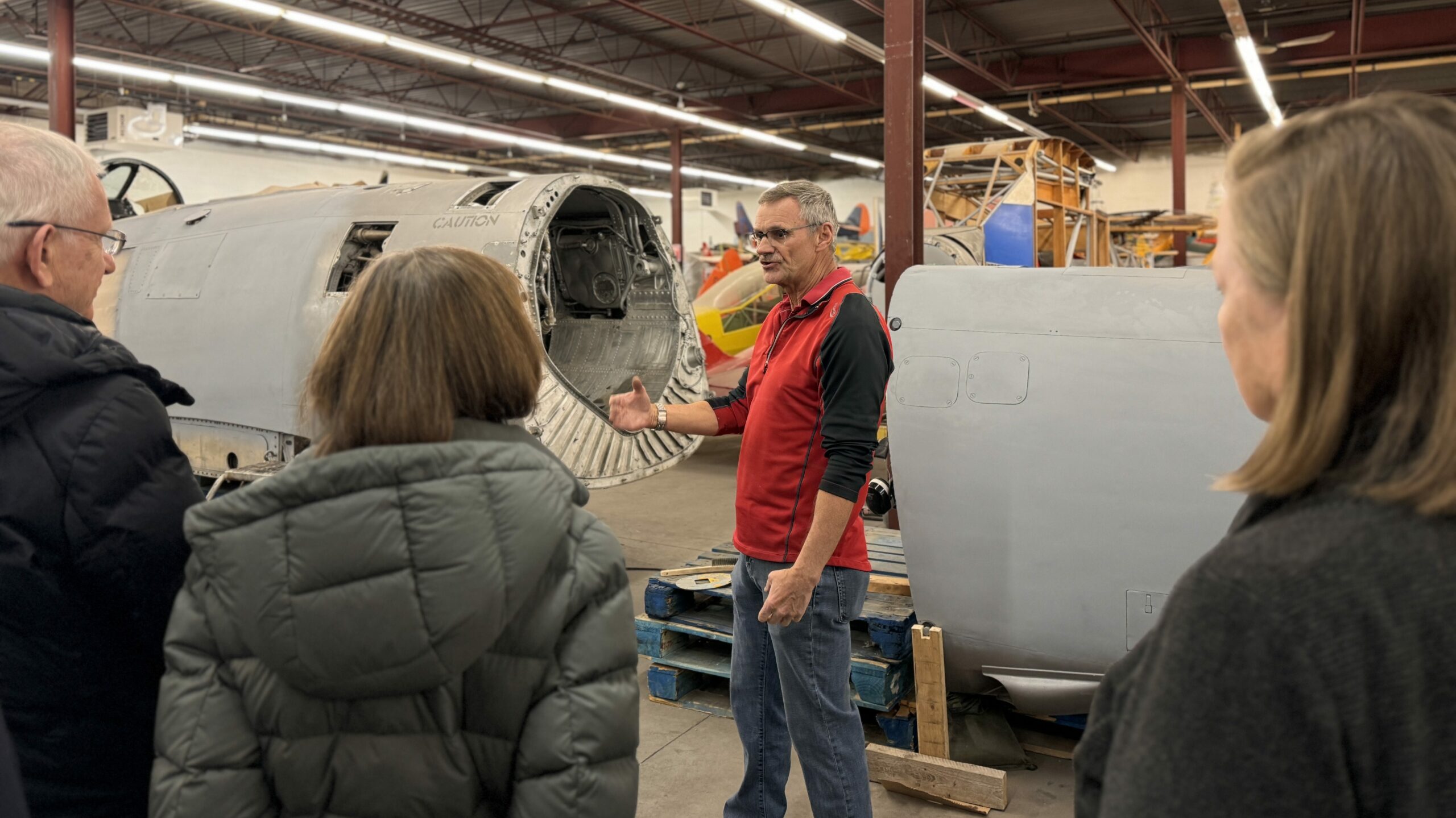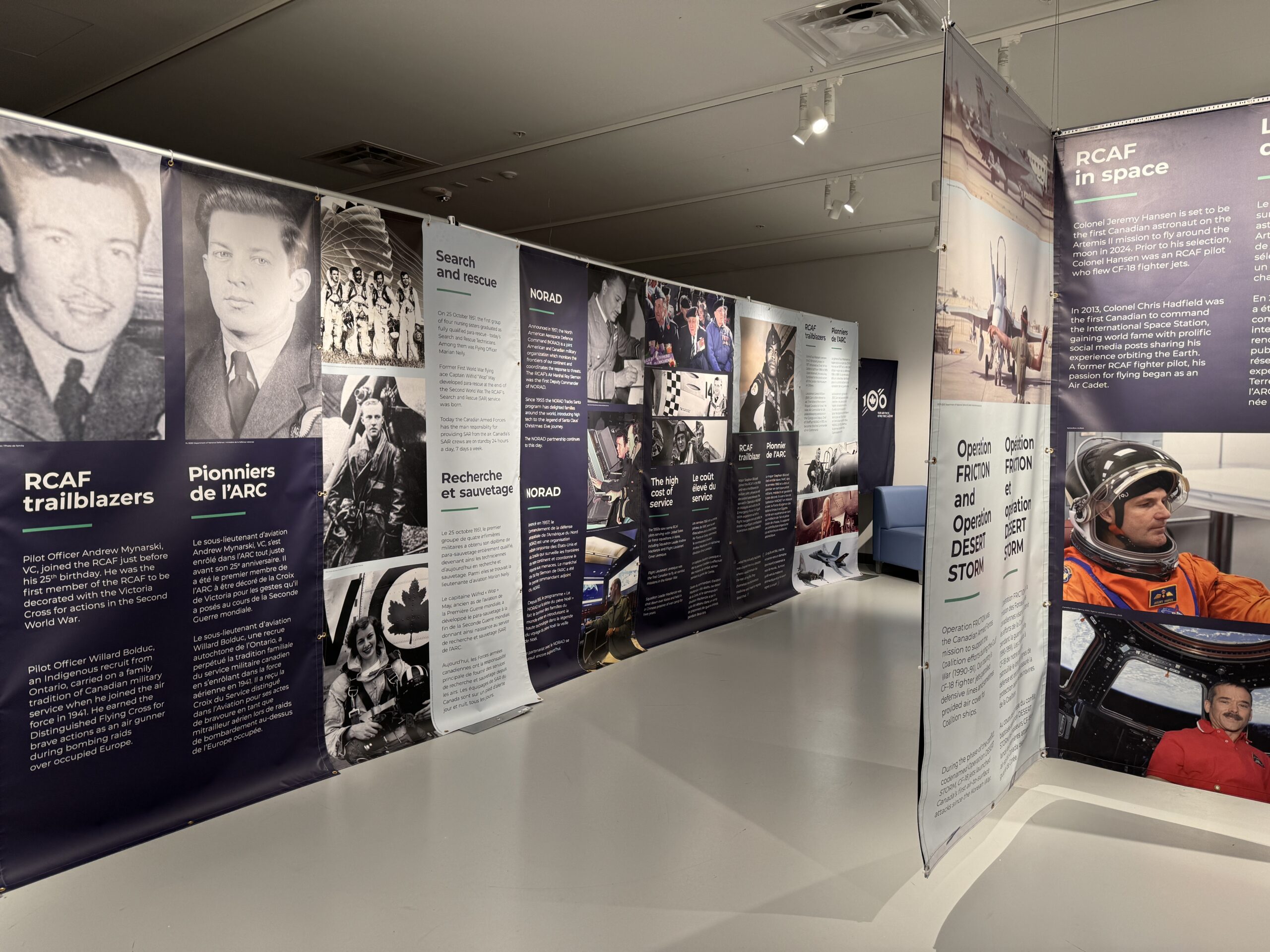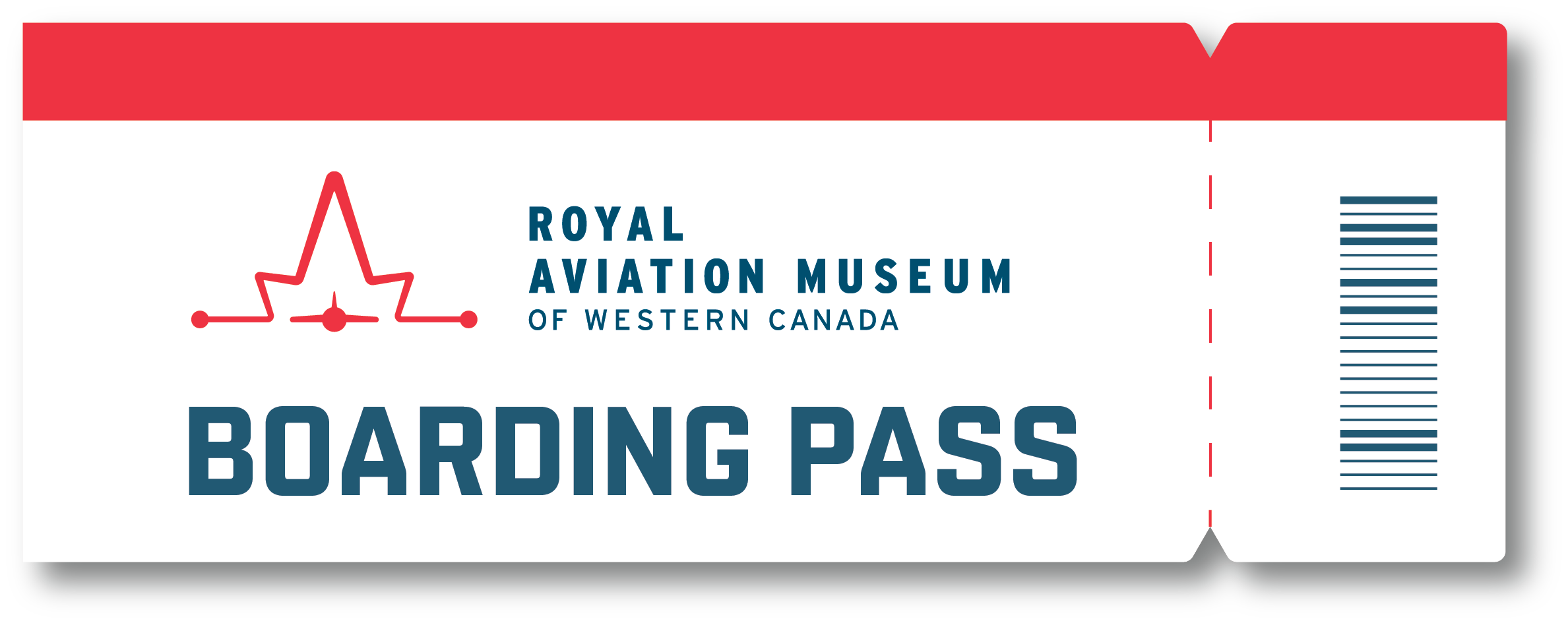February 17, 2023
National Aviation Day was established to commemorate the past, celebrate the present and advance the future of aviation in Canada. It’s recognized every year on February 23, the day in 1909 when J.A.D. McCurdy piloted the first flight in Canada. McCurdy flew the Silver Dart nearly 800 metres in Baddeck, Nova Scotia.
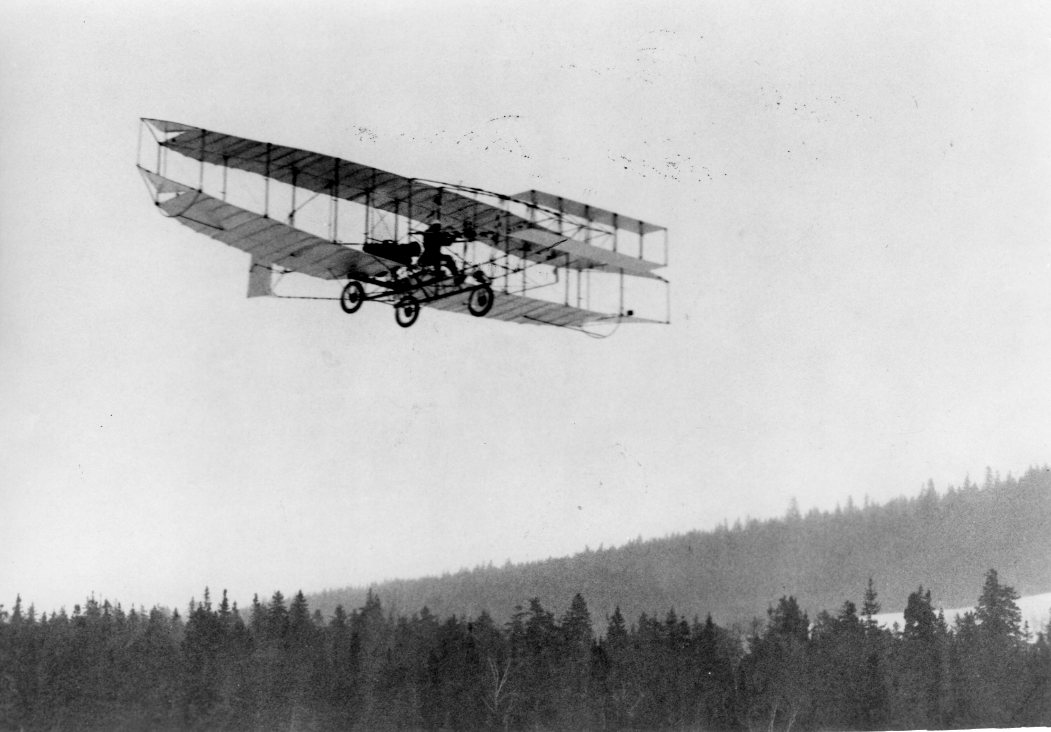
Canada has one of the safest air transportation systems in the world and we also have one of the largest aviation and aerospace industries in the world. Winnipeg is the largest centre in western Canada and the third largest in the country in terms of exports.
Canada’s Aviation History
So, what are some key events in Canada’s aviation history? After J.A.D. McCurdy’s ground-breaking flight in 1909, things really started to—ahem—take off. Here are a few highlights between then and now:
1915 – The first production of aircraft in Canada, the Curtiss JN-3 airplane, begins in Toronto.
1919 – The first direct trans-Atlantic flight is made from St. John’s Newfoundland to Clifden, Ireland by John Alcock and Arthur Whitten Brown in a twin-engine Vickers Vimy bomber.
1924 – The Royal Canadian Air Force (RCAF) is formed.
1930s – Canada moves more freight by air than the rest of the world combined. Air traffic control, flight plans, fixed routes, designated levels, radio contact, soundproof cabins, and flight attendants are introduced.
1934 – Jessica Jarvis becomes the first woman in Canada to earn her commercial pilot’s licence.
1937 – The government creates Trans-Canada Airlines (which became Air Canada in 1964) to meet Canada’s need for transcontinental service.
1938 – The first coast-to-coast passenger service begins on March 6.
1938-1945 – During the Second World War, aircraft manufacturing and training aircrew are one of Canada’s contributions to the wartime effort. By 1945, the aviation industry employs 120,000 people, including 25,000 women.
1944 – The International Civil Aviation Organization (ICAO) is founded with the signing of the Convention on International Civil Aviation. Canada is one of the original 52 member states, and the organization is headquartered in Montreal.
1958 – The Avro CF-105 Arrow makes its first high-speed flight.
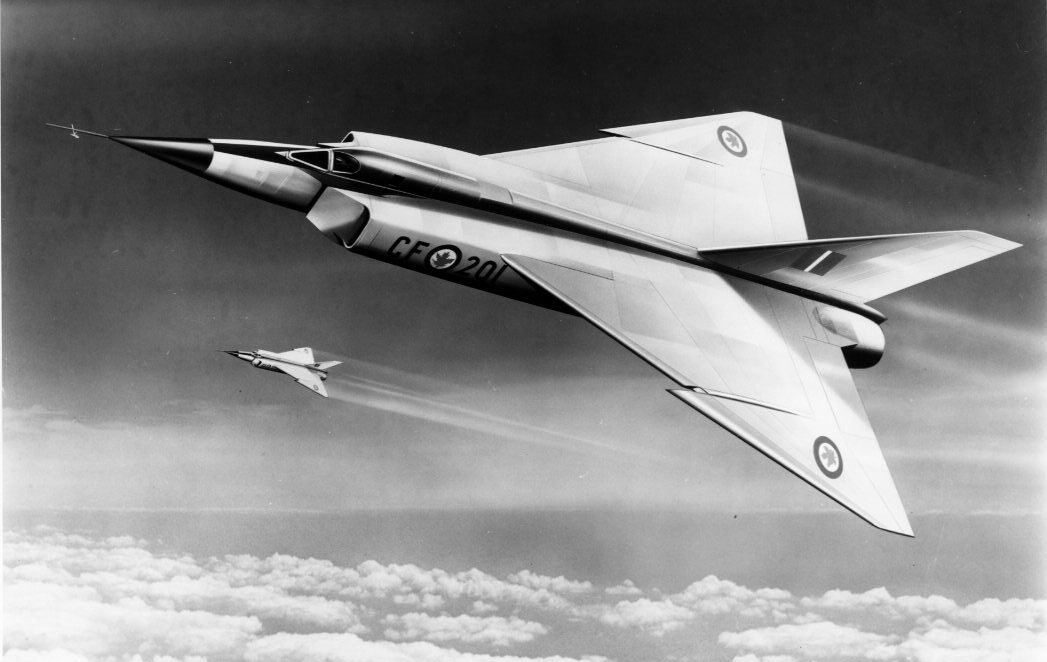
1999 – Canada leads the world by being the first country to implement safety management systems (SMS) as a new way to eliminate safety risks in civil aviation.
2002 – Canadian Air Transportation Security Authority (CATSA) is created to focus on air transportation security—from passenger and baggage screening to screening airport workers.
2008 – Canada’s Bombardier, Inc, the world’s third-largest civil aircraft maker, unveils its ‘green’ C Series family of fuel-efficient jets.
2014 – The first test ranges for drones and safety regulations are approved.
2015 – The Bombardier C Series CS100 aircraft is certified.
2018 – Canada introduces new safety measures to protect Canadians from laser attacks on aircraft.
2018 – Canada publishes new fatigue regulations that respect modern fatigue science and international standards to limit the amount of time a crew member can be on the job, making air travel safer for all Canadians
2019 – Canada introduces new regulations for remotely piloted aircraft systems (drones)
2022 – The new Royal Aviation Museum of Western Canada opens in Winnipeg (I put this one in here to make sure you’re still reading.)
Canadian innovations
The infamous Avro Arrow was mentioned above, but there are other Canadian aviation innovations worth noting.
The anti-gravity “G-suit”, designed by Wilbur Franks, enabled military pilots to safely fly at altitudes that tested them physically and psychologically. This pressure suit allowed pilots to carry out manoeuvres without losing consciousness. Modern-day astronauts’ suits are based on Franks’ design.
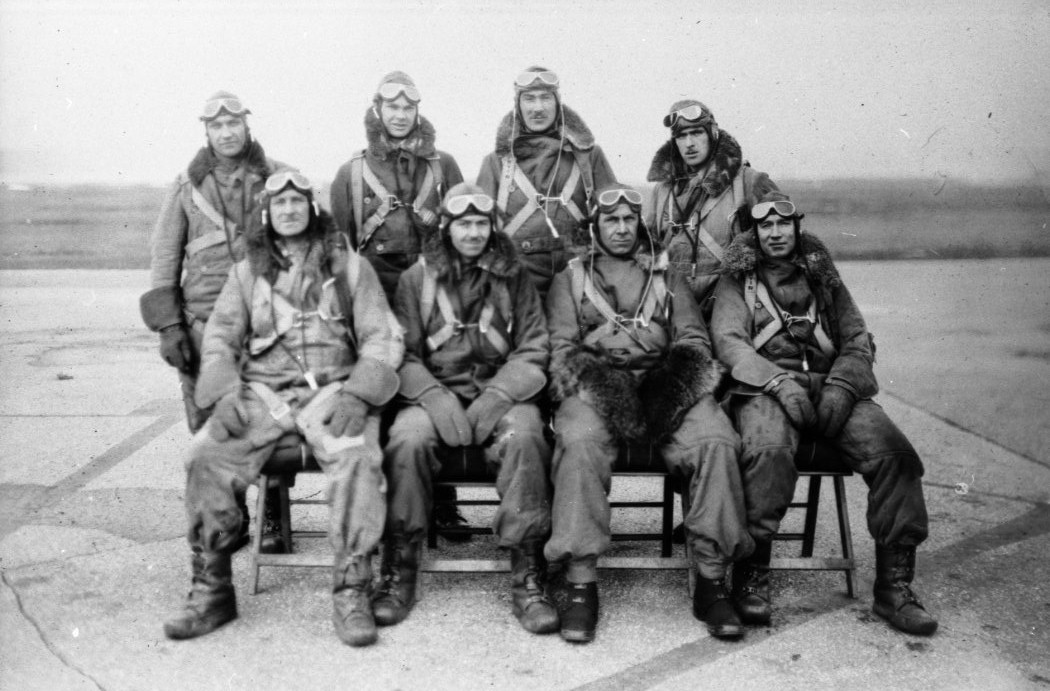
We all know how frustrating it is to be sitting on the tarmac, waiting for your plane to be de-iced, but this safety measure is worth the wait. You can thank the National Research Council of Canada for coming up with this innovative procedure.
Aviation connects Canadians in large and small communities with one another, contributes to the health of the economy, and creates jobs. For example, annual sales of Canadian aerospace products and services total more than $25 billion, with exports of aerospace goods and services approaching $17 billion.
Right now, the future of our aerospace industry is in jeopardy, as Canada is facing a projected shortage of 55,000 skilled workers within the next few years. At the Royal Aviation Museum, we’re working hard to address this through STEM-based educational programming. We’re also partnering with local aviation companies and educational institutions to bring awareness to career paths in the industry.
One of those partners is Boeing Canada. They’ll be joining us for National Aviation Day on February 23 with a booth that highlights career opportunities—and they’re running a paper plane contest!
We’ve got a few other activities lined up for February 23 including a “fireside chat” with a couple of our museum’s founders, special tours, and a presentation by some of our volunteers about the restoration of our Bellanca Aircruiser. And if you’re a photographer, come back in the evening for Photography Night at the Museum.
Admission is 50% off all day on National Aviation Day and parking fees will be waived.
Celebrate with us on February 23!

